3 WONDERFUL WINTER WALKS TO DISCOVER LONDON’S HIDDEN HISTORY
By Sophie Anderson on December 23rd, 2020
Tags:
By Sophie Anderson on December 23rd, 2020
Tags:
London is beautiful all year round and winter is no exception! These three walks are very leisurely, compact and easy with opportunities along the way to grab a snack or warming cup of tea so are perfect for winter. I have written a river, park and canal walk so they are all peaceful and away from the hustle and bustle of the city. There are, of course, loads of historical treasures to see along the way- popular landmarks and as always some hidden gems and curiosities.
We start our walk at this wonderful cathedral that has been a site of Christian worship for over 1000 years. It is thought there was a community of nuns here well before 1066. For most of that period it has stood at the oldest crossing point over the River Thames giving it a great significance to Londoners and those visiting. One of the cathedral’s most famous past parishioners is William Shakespeare, you can find a memorial to him inside as well as a tombstone for his brother, Edmund. It is an architectural delight with Norman, gothic and medieval elements so well worth a look inside if you get a chance. Borough Market is also nearby if you fancy a drink or a snack to fuel you for the walk!
As you start to head towards the river you will come to the Golden Hinde. This is a replica of the ship that Sir Francis Drake used in his circumnavigation of the globe between 1577 and 1580 when he became the first Englishman to complete this feat. The trip was sponsored partly by Queen Elizabeth I and it turned out to be a highly profitable trip with Drake plundering Spanish treasure ships as he went. It is thought his investors got £47 back for every £1 they put in. You would be wrong to think this replica has just sat here in its berth since 1973 when it was constructed! It has also circumnavigated the globe and travelled more than 140,000 miles.
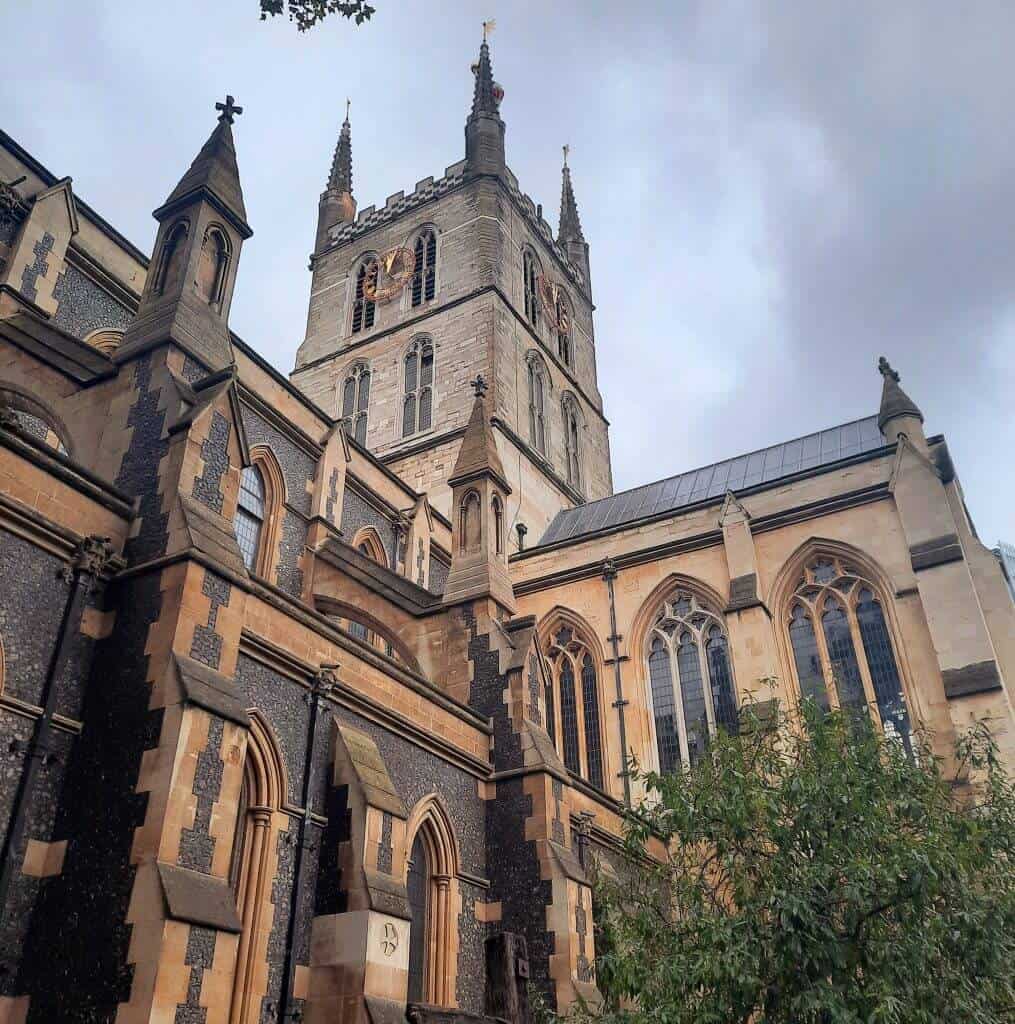
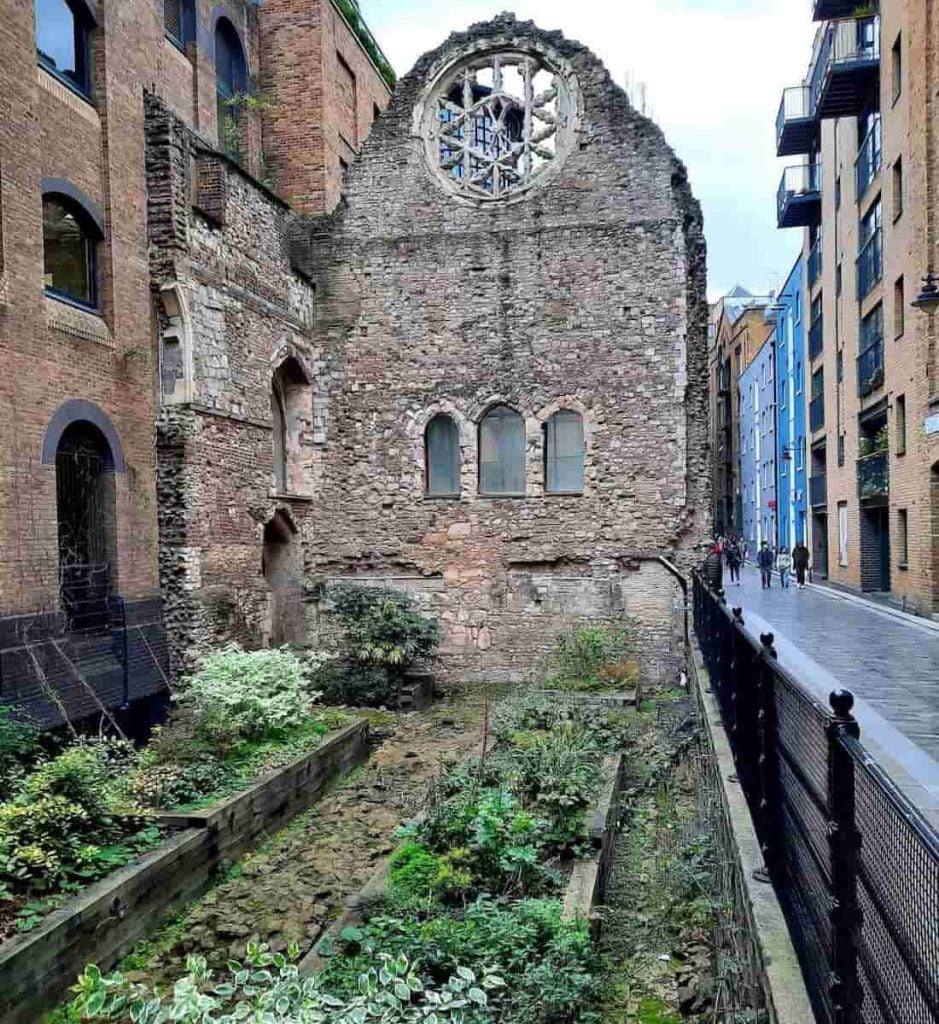
You then come across the only surviving part of the medieval Palace of Winchester. This was one of the most opulent and important buildings in Medieval London. It was the residence of the Bishop of Winchester and the ruins you can see were part of the Great Hall with a gorgeous 14th century rose window at the top. The land around the palace that we will be walking through was under the jurisdiction of the bishop and not the City of London. There were therefore certain institutions that were allowed to set up shop here that weren’t in the city such as theatres, bear-baiting arenas and brothels. The brothels, or ‘stews’ as they were known, had to pay rent to the Bishop and the prostitutes were known as the ‘Winchester Geese’.
You will pass by the Clink Prison Museum. This is on the site of the original Clink prison (where we get the nickname for a prison from). It was built in 1144 making it probably the oldest prison in England and was the prison for the Palace of Winchester. The area under the jurisdiction of the Bishop as mentioned above therefore became known as the ‘Liberty of the Clink’. The conditions here were notoriously bad and one particularly resourceful resident Henry Bronker, incarcerated for debt in 1670, became known as the ‘Rat man’ for fattening up rats to eat.
This very historic pub was built originally in 1616 and is the last survivor of what would have been a string of taverns along the south bank of the river. It is thought that it was potentially from here that Samuel Pepys watched the Great Fire of London in 1666. It was also a favourite haunt of smugglers and river pirates. During restoration work in the 1800s lots of secret holes and nooks were found in the medieval beams for hiding contraband.
Blink and you’ll miss it, the Ferryman’s Seat is a charming little surviving nugget of London history. Up until 1750 London Bridge was the only route across the Thames so the ferry business was a thriving one. This was a resting place for one of the ferryman as he waited for passing trade. Note the name of the road it is on as well- ‘Bear Gardens’. This relates to the last bear-baiting pit in London that was here.
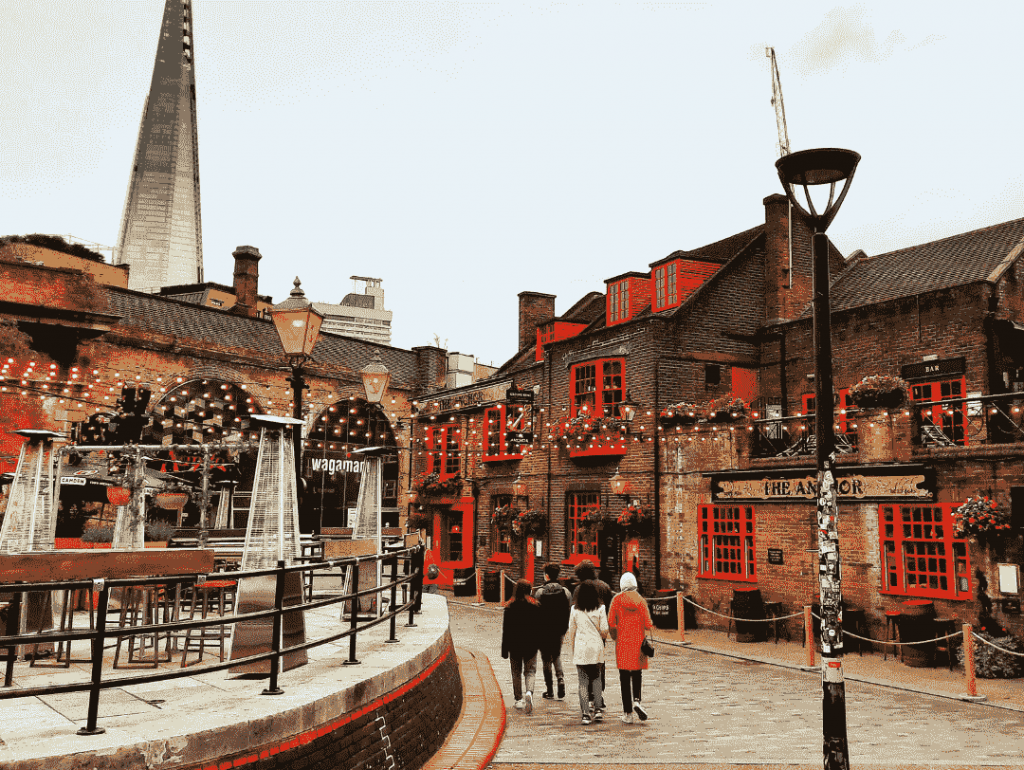
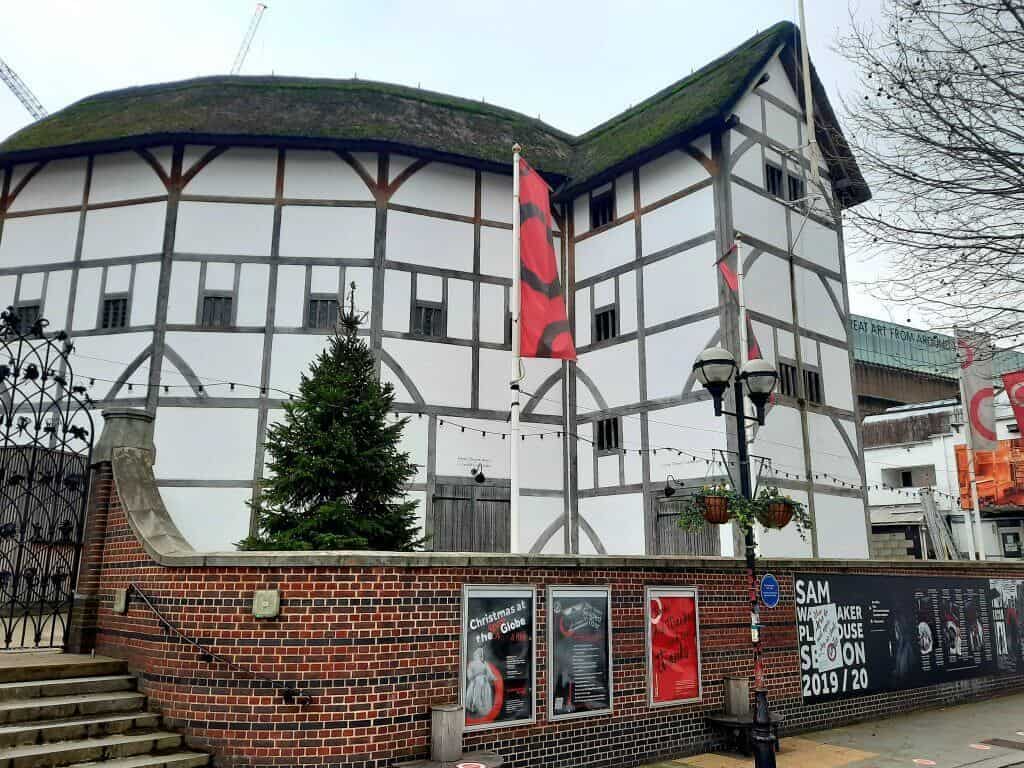
The Globe is a reconstruction of the theatre built and run by William Shakespeare’s company- The Lord Chamberlain’s Men in 1599. This reconstruction was built in 1997 and has now actually been in place longer than the original with Shakespeare’s Globe having burnt down in 1613. The fire was caused by a theatrical cannon misfiring during a production of Shakespeare’s Henry VIII.
Just after the theatre keep your eyes peeled for a small alleyway called Cardinal Cap Alley. There are a couple of theories for why it is called this, one being that a Cardinal was caught at a local brothel and was chased down to the river with his cap flying off as he ran through this alley. However, the most realistic theory is that it used to lead to a brothel called The Cardinal’s Cap owned by Cardinal Henry Beaufort in the early 1400s.
The Tate Modern, one of the world’s largest modern art galleries is housed in an old power station. The power station was built between 1947 and 1963 and was designed by Sir Giles Gilbert Scott. He was famous for designing the iconic red telephone box! It is the most visited art gallery in the UK and sixth most visited in the world.
The National Theatre building was built in 1977 in the brutalist style. Some hate the building, some love it. I am definitely on the love end of the spectrum. The National Theatre Company itself was set up in 1963 by Laurence Olivier and you can see a statue of him playing Hamlet outside. Just after the theatre there will ordinarily be a great second-hand book market under Waterloo Bridge.
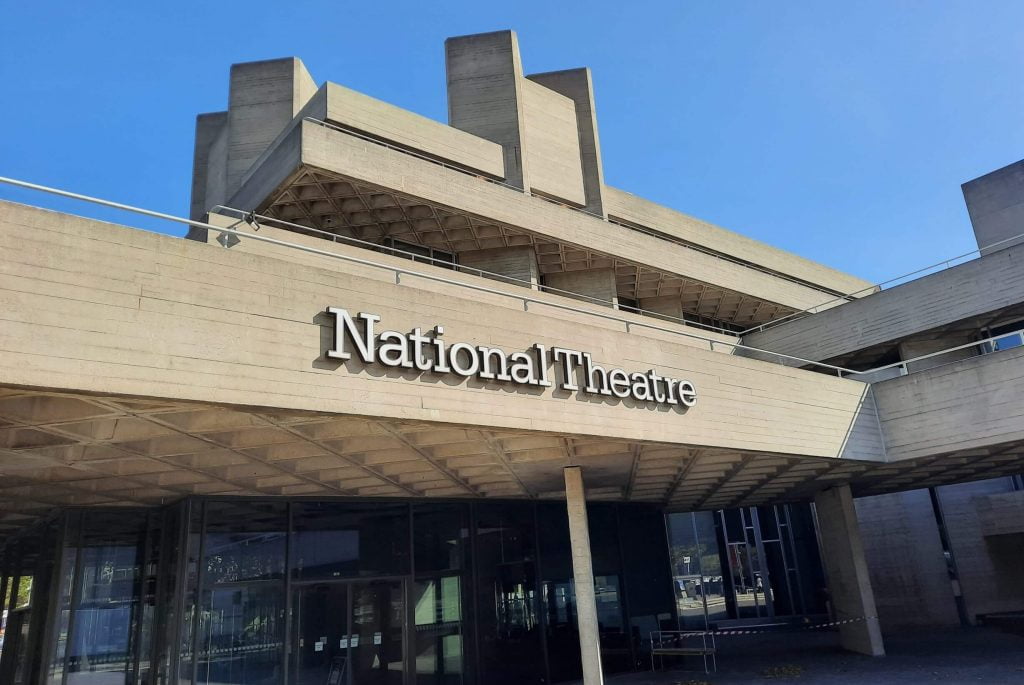
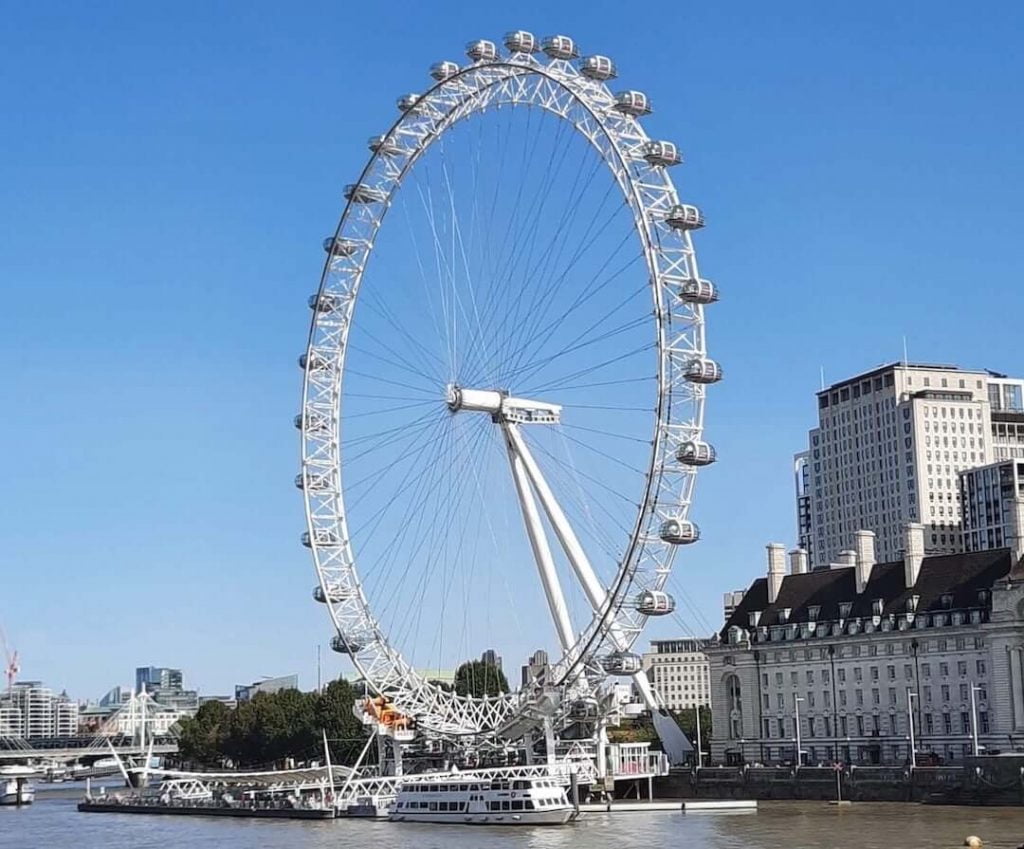
The Southbank Centre opened in 1951 as part of the Festival of Britain. The Festival was a Labour party initiative intended as a ‘tonic for the nation’ and to celebrate Britain. It now hosts a large array of events, exhibitions and performances.
The London Eye was created for the Millenium in 2000. It was originally intended to be temporary but people liked it so much that they decided to keep it. It is the most popular paid tourist attraction in the UK with 3.5 million annual visitors. There have been over 5000 proposals and 500 weddings on the Eye!
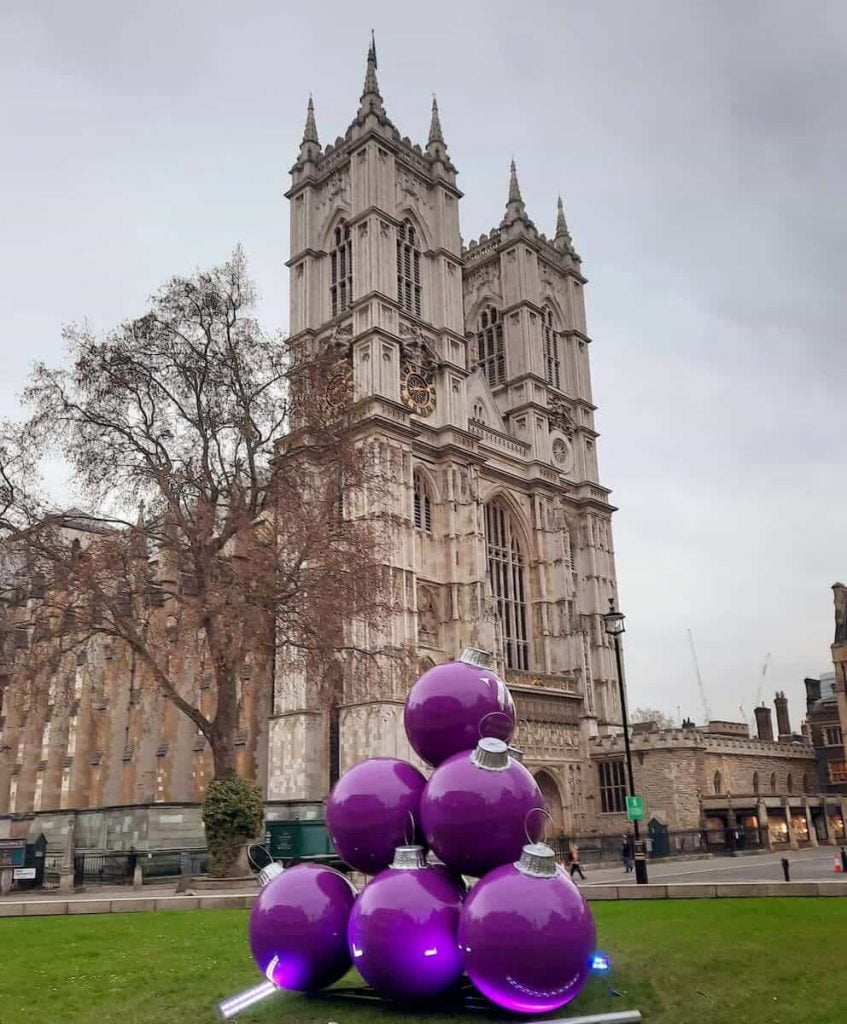
We start this walk looking at the iconic landmark that is Big Ben. The tower itself is called Elizabeth Tower, named in 2012 for the Queen’s diamond jubilee. Big Ben is in fact the name of the bell. The tower forms part of the Palace of Westminster, which has been in use since the 11th century. The current neo-gothic building dates from 1854 after a huge fire destroyed most of the medieval palace. Parliament Square was laid out in 1868 and has many statues to influential figures such as Winston Churchill, Mahatma Ghandi and Millicent Fawcett. It is a very popular spot for protests and demonstrations. Brian Haw, a protestor against UK and US foreign policy, camped in Parliament Square for 10 years from 2001. He became a symbol of the anti-war movement following the invasion of Iraq.
The stunning Westminster Abbey has been the site of the coronation of English and British monarchs since William the Conqueror in 1066. It has also hosted 16 royal weddings including that of Prince William and Catherine in 2011. The current building was built by Henry III in the 13th century and has the highest gothic vaulted ceiling in England- it is well worth a visit if you get a chance.
Now for a bit of secret off the beaten track history! These inconspicuous steps are actually the only remaining remnant of the old Royal Cockpit, an 18th century venue for the aristocracy and upper classes to watch cock fights! It is said to be haunted by a headless lady- so if you do walk down them- watch out for any ghostly appearances…
We will now head through the gorgeous St James’ Park to Buckingham Palace. St James’ Park was first purchased as marsh land by Henry VIII from Eton College who owned the land around the river Tyburn (which now flows underground). James I then drained the area and turned it into a park where exotic animals such as camels, an elephant and crocodiles were kept. He also started an aviary of birds- today there are still exotic birds such as pelicans and Egyptian geese in the park so keep an eye out for these
Walk through the lovely Green Park until you get to the Wellington Arch. This arch was constructed in 1825 to commemorate the Duke of Wellington’s victory at Waterloo in 1815. On top is the largest bronze sculpture in Europe, depicting the Angel of peace descending on the four-horsed chariot of war. You can also find an equestrian statue of the Duke of Wellington nearby. He is positioned so that he is looking at Apsley House where he lived from 1817. The address of this grand mansion used to be known as ‘Number 1 London’.
Walk around the park until you get to Horse Guards Parade. Horse Guards Parade situated on what was once the site of jousting tournaments in the time of Henry VIII. Now it is a ceremonial parade ground used for the Queen’s birthday amongst other events. The Horse Guards building itself was the headquarters of the British Army for a time in the 19th century. Look out for the brutalist ivy-covered structure on one corner of the square. This is a bomb proof bunker called the Admiralty Citadel built in World War Two. The press were not even allowed to acknowledge its existence at first to keep it as secret as possible. There are apparently a whole network of secret tunnels and bunkers underneath London built during the war!
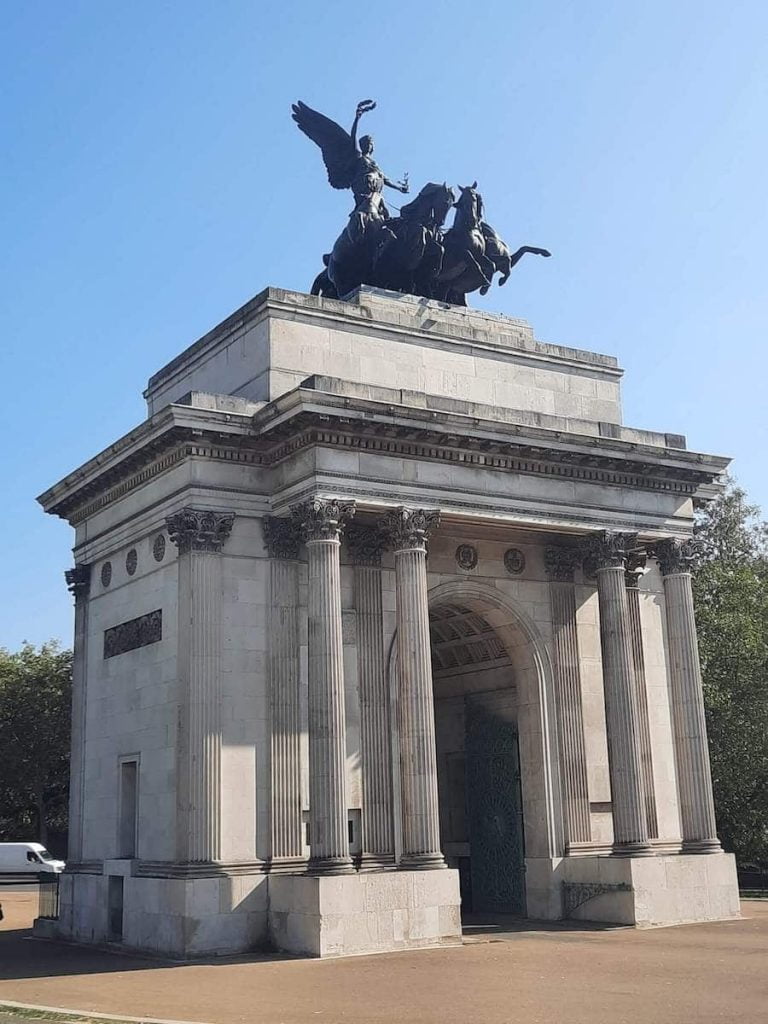
You will pass by a little cottage that looks like it has been transported straight out of the English countryside. James I started introducing exotic bird life to St James’ Park in 1612 and Charles II introduced the position of ‘Governor of Duck Island’. to look after them William III had the first lodge built on the site and this one dates from post-1840. It is now the headquarters of the London Historic Parks and Gardens Trust.
Make sure you spot the entrance to the Churchill War Rooms. This museum is on the site of the underground network of tunnels used as the Government command centre during the Second World War. It was from here that Winston Churchill held 115 cabinet meetings and directed the war effort. There is a bedroom for Churchill in there but he only ever stayed overnight 3 times. He did however use it for afternoon siestas and was famous for holding meetings in various states of undress. When the Blitz started a 5ft concrete slab was added above it as extra protection. The steps next to the entrance where the statue of Robert Clive is was the nearest a German bomb got.
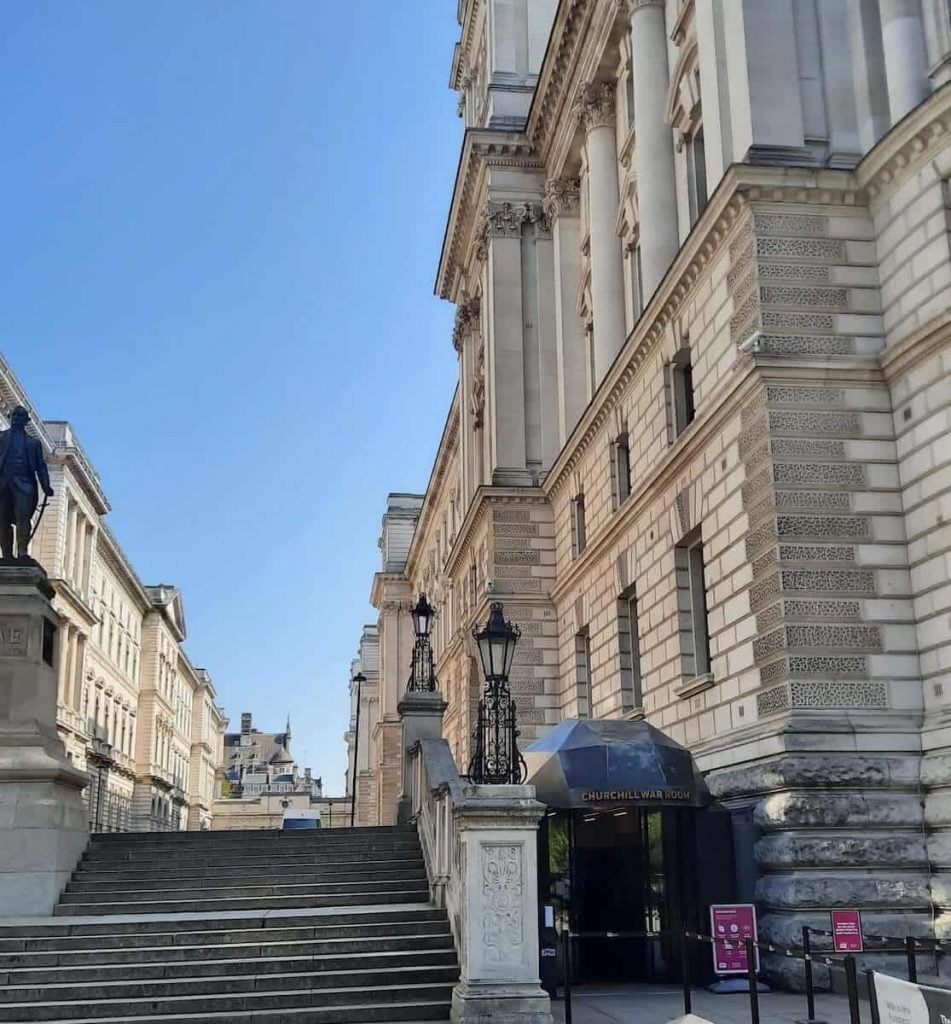
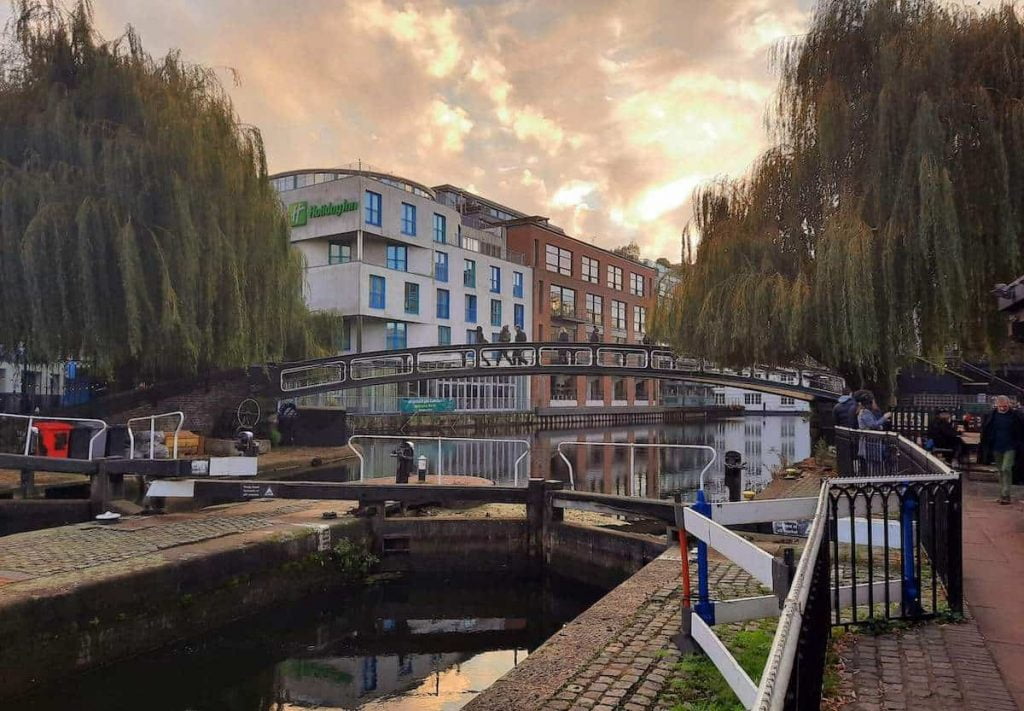
The world famous market began in 1974 with just a few stalls and it has now grown to be the largest market in London, welcoming 28 million visitors a year. Camden market is sat on top of a series of underground passageways and tunnels. These are known as the ‘Camden catacombs’ (although there are no dead bodies there don’t worry) and they were used as walkways and stabling for horses working on the canal and railway. Look out for the grooves in the stone walls of the towpath and wooden railings over the foot bridge- these are from the ropes used to tow canal-boats by horse along the canal.
London zoo opened in 1828 with the first animals being those brought from the Tower of London menagerie. The Tower of London had housed a menagerie of exotic animals such as lions and elephants since the 1200s. Henry III’s had a polar bear here given to him as a gift from the King of Norway in 1252. He would be taken on a chain down to the Thames for a dip. Another fun fact about the zoo: during the war it donated its sea-lions to be trained up by the army to detect submarines- but by the time they had been trained technology had caught up and they were no longer needed.
You will see 6 grand and impressive villas backing onto the canal. They were built between 1988 and 2004 in the neo-classical style by Quinlan Terry (apparently Prince Charles’ favourite architect). A symmetry lovers dream, they represent the variety of classical architecture and have names like ‘Corinthian Villa’ and ‘Ionic Villa’.
At 3am on the 2nd October 1874 locals in the area woke from their beds fearing an earthquake. A boat carrying gunpowder up the canal had exploded just underneath Macclesfield Bridge, killing 3 people and destroying the bridge. When the bridge was rebuilt the columns holding it up were turned around. Look for the grooves from boat-towing ropes on both sides of the columns for proof!
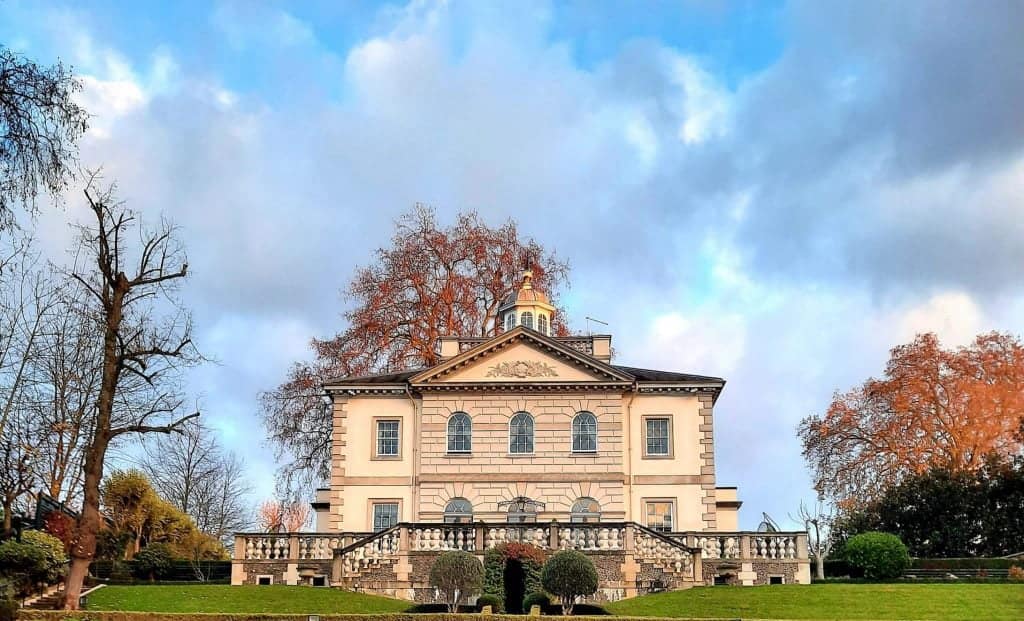
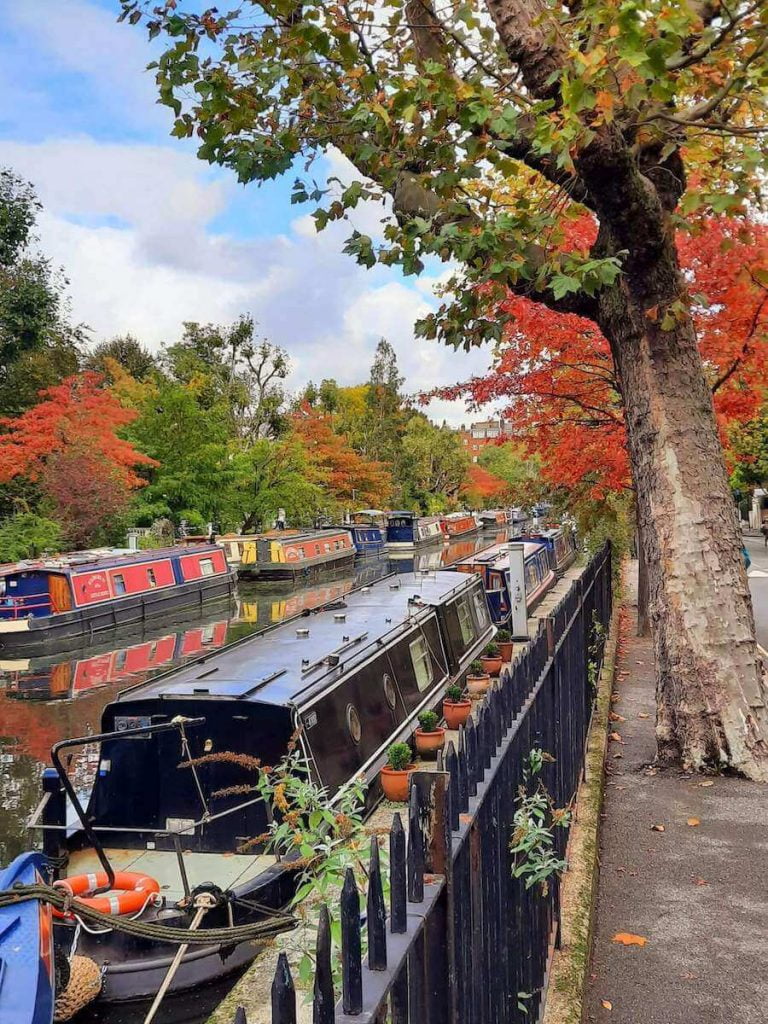
This large grand Victorian pub (now Lebanese restaurant) seems to stick out somewhat from its residential surroundings. There is a reason for this. It dates from 1898 and was built by a man name Frank Crocker. Originally called The Crown, the story goes that Frank built it because he got a tip off that the new terminus of the Great Central Railway was to be built very close by. In fact it was built half a mile away at Marylebone station. Having sunk his life savings into The Crown, Frank’s fortunes were dashed. The rumour is that he took his own life, jumping from a top floor window. His ghost is said to haunt the place. This story is untrue however. Frank died of natural causes in 1904 but the next landlord did in fact kill himself by jumping from a window of this building so maybe the ghost is actually him?!
Little Venice centres around Browning’s Pool, named for the poet Robert Browning who lived by the canal on Warwick Crescent from 1862- 1867. He is credited by some with coming up with name ‘Little Venice’ although others attribute it to Lord Byron. The pool is at the intersection between the Regent’s Canal and the Grand Union Canal. Note the puppet theatre barge that has been putting on marionette shows since the early 1980s.
Visit www.livinglondonhistory.com and follow @livinglondonhistory on Instagram and Living London History on Facebook for more gorgeous photos, history and walks!
If you try any of these out, let us know by tagging us on Instagram @Downingstudents or #DowningStudents, and don’t forget to follow for more great tips and upcoming events to make your university experience the best!